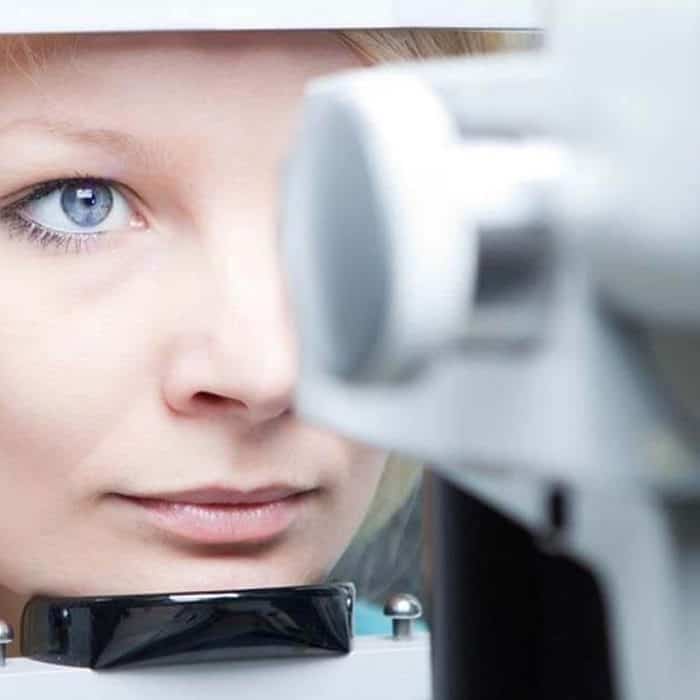
Our eyes sense when health is bad, in the literal sense of the word. A survey conducted by the Penido Burnier Institute extracted from the SUS database (Sistema Único de Saúde) showed that hospitalizations for retinal diseases, including detachments, increased by 123% between 2012 and 2022. 23,740. In both years, males were the most affected.
In 2012, among the hospitalizations due to retinal problems, 5824 (55%) were men and 4827 (45%) women. In 2022, the total male population is 12,816 (53%) and the female population is 8,784 (47%).
According to the head of the hospital, ophthalmologist Leoncio Queiroz Neto, the increase in retinal diseases is associated with several risk factors. One of them is high myopia. “This is because an eye that is more than 6 diopters or degrees is longer than normal, it puts pressure on the retina, which leads to weakness and it can break,” he notes. Other related risk factors include injury to the eye during exercise, diabetes mellitus, or malignant hypertension that forms new vessels in the retina.
symptoms
Separation is an emergency, Queiroz Neto explains, but he doesn’t always show symptoms. Therefore, periodic ophthalmology consultation for high myopia should not fail. Most cases of retinal detachment occur after the age of 60 when the vitreous body of the eyeball undergoes changes, but it can also occur among young people. When there are symptoms, the main symptoms mentioned by the ophthalmologist are: seeing flashes of light, small black dots or floaters and a curtain over the vision that indicates an emergency situation to undergo an ophthalmological consultation
treatment
Queiroz Neto states that the faster the medical attention, the higher the chances of restoring sight. For example, he comments, when a retinal tear occurs, the detachment can be prevented by outpatient laser application or cryotherapy (freezing) that closes the retina at the back of the eye.
The main surgical techniques for separation rehabilitation are:
- conventional retinal fixation A flexible strip of silicone pushes the retina against the eye wall.
- Retinal fixation pneumatics Which consists of injecting a bubble into the eye to push the retina.
- Vitrectomy The vitreous gel of the eye is removed and replaced with silicone gas or oil
other reasons
Another cause of sudden retinal involvement is infarction. Queiroz Neto explains that the retina is a highly vascular membrane and an infarct cuts off blood flow when a fatty plaque in the coronary arteries ruptures. He points out that the biggest enemies of the heart and eyes are smoking and high cholesterol. The expert points out that changes in the viscosity of the bloodstream caused by diabetes lead to a process known as neovascularization in which new vessels are formed in the retina from the existing vessels. Vascular dilatation is the main risk factor for vision loss from macular degeneration, which affects 196 million people globally, and diabetic retinopathy, which affects 146 million. The first signs are felt only in the middle stage of this change when Visibility in the center of the image becomes blurry and straight lines become jagged. Signs need medical evaluation Immediately “.
treatment
Treatment for diabetic retinopathy, diabetic macular edema, and macular degeneration today includes laser application and eye injections with anti-vascular endothelial growth factor (anti-VEGF) treatments, Queiroz Neto says. He notes that anti-VEGF treatments stop the growth and leakage of blood vessels in the retina in most people with diabetes, but they are not always effective and can cause side effects from prolonged use, such as increased eye pressure or tissue damage. That is why there are many groups of researchers, including Brazilians, who are developing drugs with new technologies that promise more effective results. Right now, lasers and injections are the only alternatives,” he notes.
protection
The main recommendations of an ophthalmologist to maintain eye health are:
- Conduct periodic eye examinations throughout life to detect the disease in its early stages. Progress can mean the difference between seeing and spending the rest of your days in the dark.
- Do physical activities.
- Avoid smoking and daily consumption of alcoholic beverages.
- Keep your diet and weight in balance by prioritizing the consumption of dark green leafy, orange or yellow fruits and vegetables, which are rich in antioxidants and vitamins A and C essential for your vision.
- Get a complete blood count annually.

“Wannabe internet buff. Future teen idol. Hardcore zombie guru. Gamer. Avid creator. Entrepreneur. Bacon ninja.”
